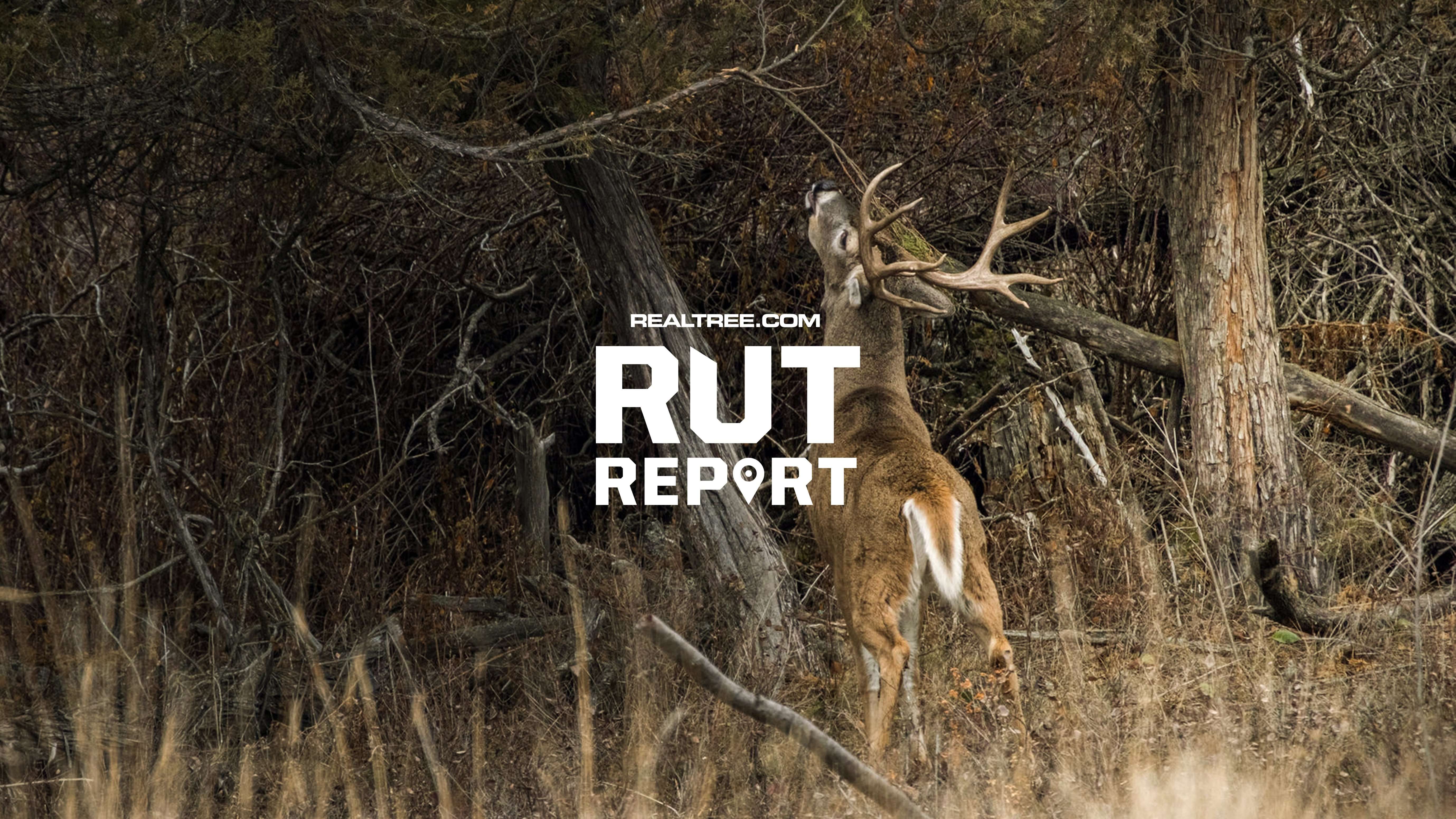More big bronzebacks are being caught now than ever before, and these lakes and rivers provide a great chance at landing a trophy
Everybody wants to catch a 10-pound largemouth bass, but to many bass anglers, a giant smallmouth would be even better. A 7-pound smallie is certainly a brag-worthy fish, and there’s never been a better time to catch one than right now.
Record keepers will note the top spots occupied by fish from Dale Hollow Reservoir in Tennessee. During that lake’s heyday, 10-pounders came to the scales, solidly marking its spot at the top of the pyramid for huge smallmouths. Up until recently, in fact, no double-digit fish had ever been weighed outside of the Mid-South region. But in late 2022, Ohio’s Greg Gallagher bucked the trend by boating a 10.15-pound bronzeback from the Ontario waters of Lake Erie. Could the northern fisheries replace the heralded bronze-belt of Tennessee as the best place to catch a giant bass?
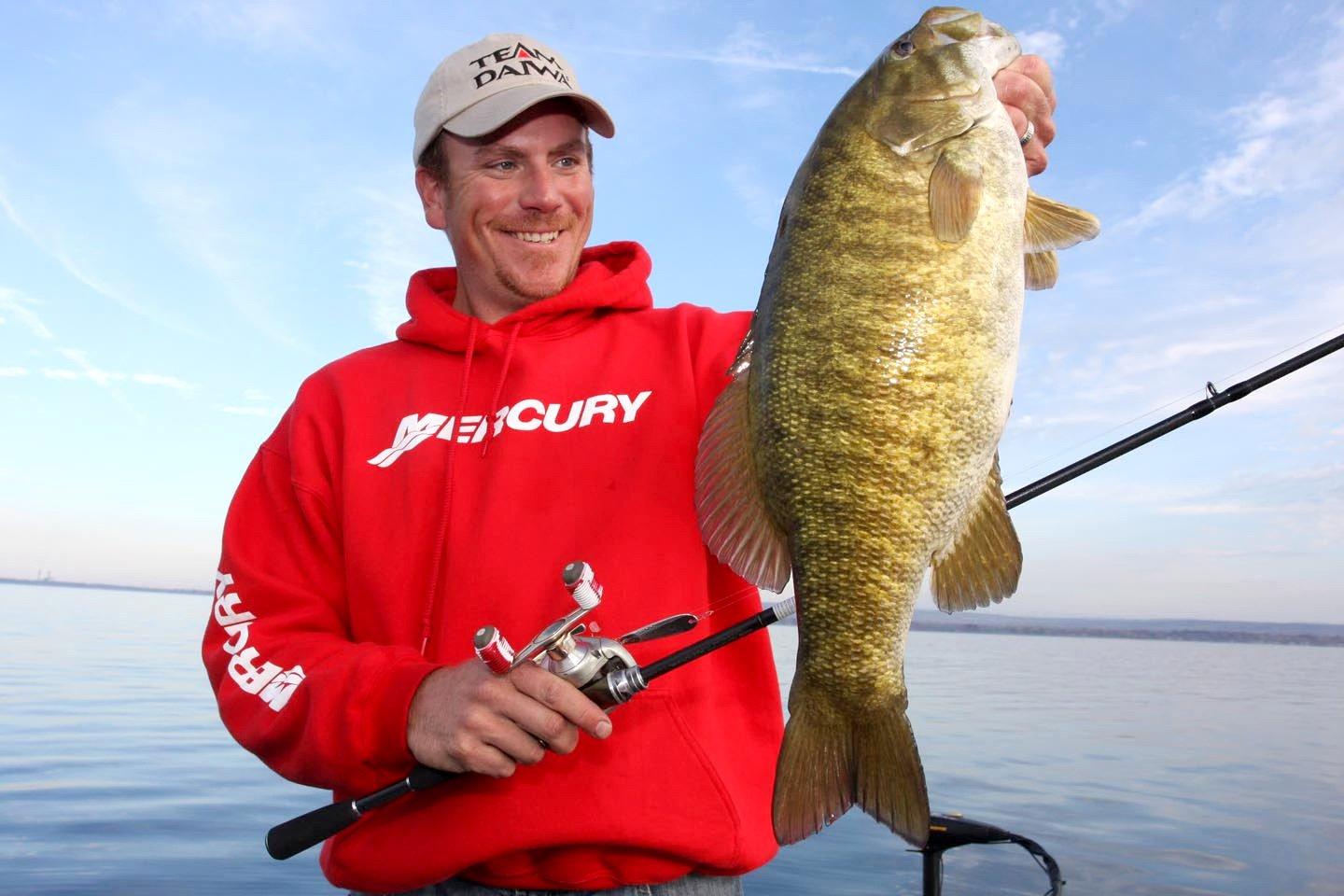
Just about every bass angler dreams of boating a monster smallmouth. Here’s a list of places to make it happen. Image by Joe Balog
Let’s go region by region to dial in on the best the places for trophy smallmouths.
THE GREAT LAKES
Nowhere are your chances better to catch a huge smallmouth than on the Great Lakes. The sheer size of the fisheries allows for populations of bass that never see a lure. And, smallmouth fisheries of the North are benefitting from an alignment of environmental factors leading to bigger bass: warmer temperatures, cleaner waters and an increased forage base consisting, mainly, of exotic round gobies. All help brozebacks pack on the pounds.
All of the five monster waterways hold massive populations of brown bass, and each has its “sweet spot” for anglers. The Thousand Island region is one of the best, and it has been a smallmouth powerhouse for decades. Today’s fish, however, keep growing larger and can be found in more places than ever. Once predominantly an open-water fishery encompassing eastern Lake Ontario, nowadays St. Lawrence regulars ply the deepest, swiftest currents of the river itself to catch huge fish.
In addition to the Thousand Islands, Lake Erie still cranks out more brown bass than anywhere, with habitat stretching the full length of its 250-mile shorelines. Seven-pounders are common during the cold-water periods of November and April, allowing anglers to extend their seasons.
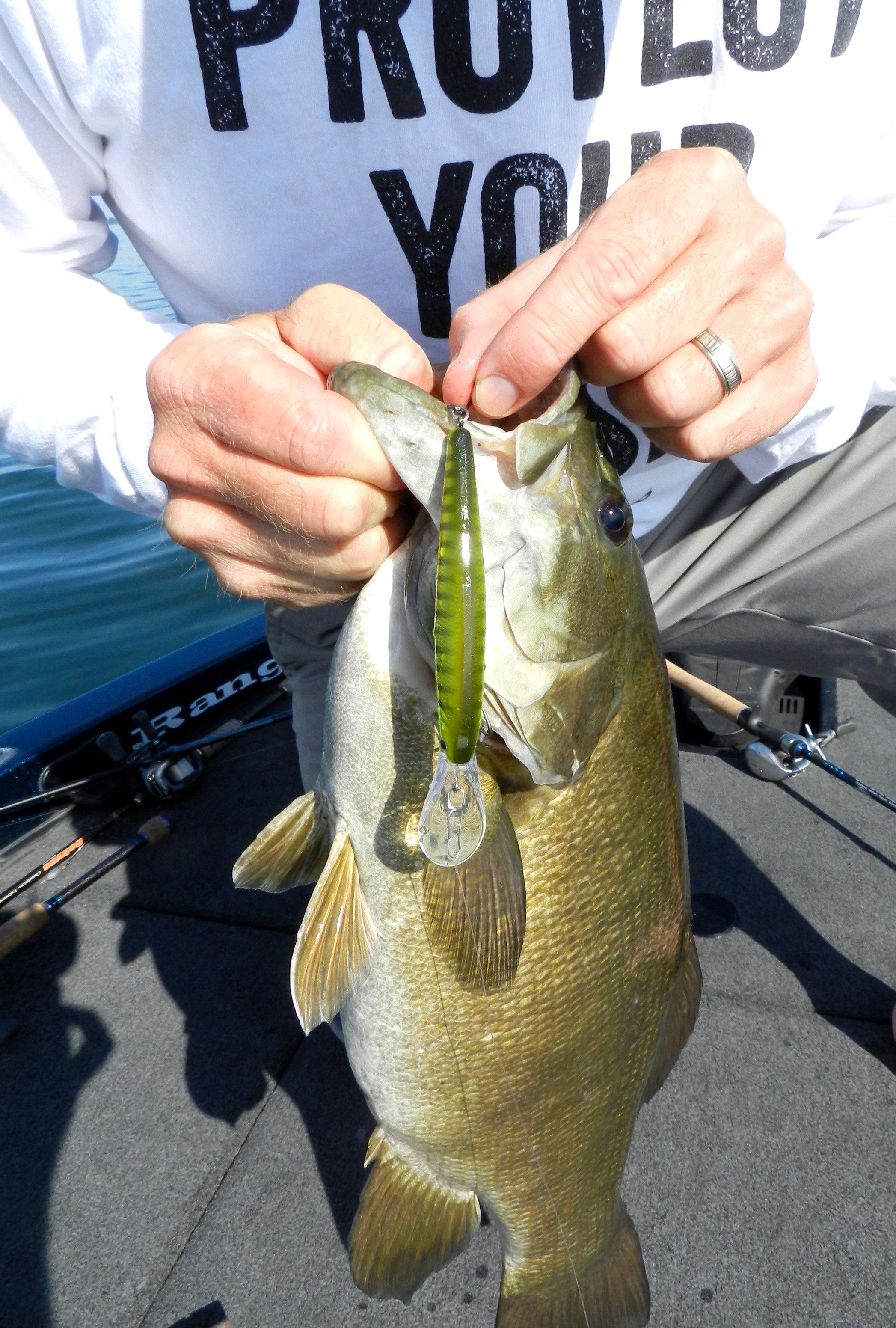
The Great Lakes region smallmouth are benefiting from warmer, cleaner waters and an abundance of forage. Image by Joe Balog
Lake St. Clair is not technically a Great Lake, but it might as well be. At 30 miles across and fed by Lake Huron’s cold, clear waters, St. Clair has more smallmouth bass habitat, acre for acre, than any lake in the world. No matter where an angler floats on the lake, a smallmouth is almost assuredly within casting distance. Here, again, 7-pounders are caught regularly.
Saginaw Bay — Lake Huron’s springtime Mecca — is full of massive rock piles holding schools of fish that boggle the mind. Finding them can be tough (believe it or not, the piles can move from year to year under ice), but giants are at the end of the rainbow. Georgian Bay is a Great Lake of its own at 5,800 square miles (bigger than any inland lake in America), and relatively untouched by bronze hunters. Research is key before setting out.
Lake Michigan’s famous bass waters occupy the northern reaches, including Grand Traverse Bay, making up the world-famous Leland Peninsula. Here, the fishing starts in May, but 7-pounders come aboard all year. An upside is Traverse City: great wineries, festivals, and fun when the bass don’t bite. Not that that happens often.
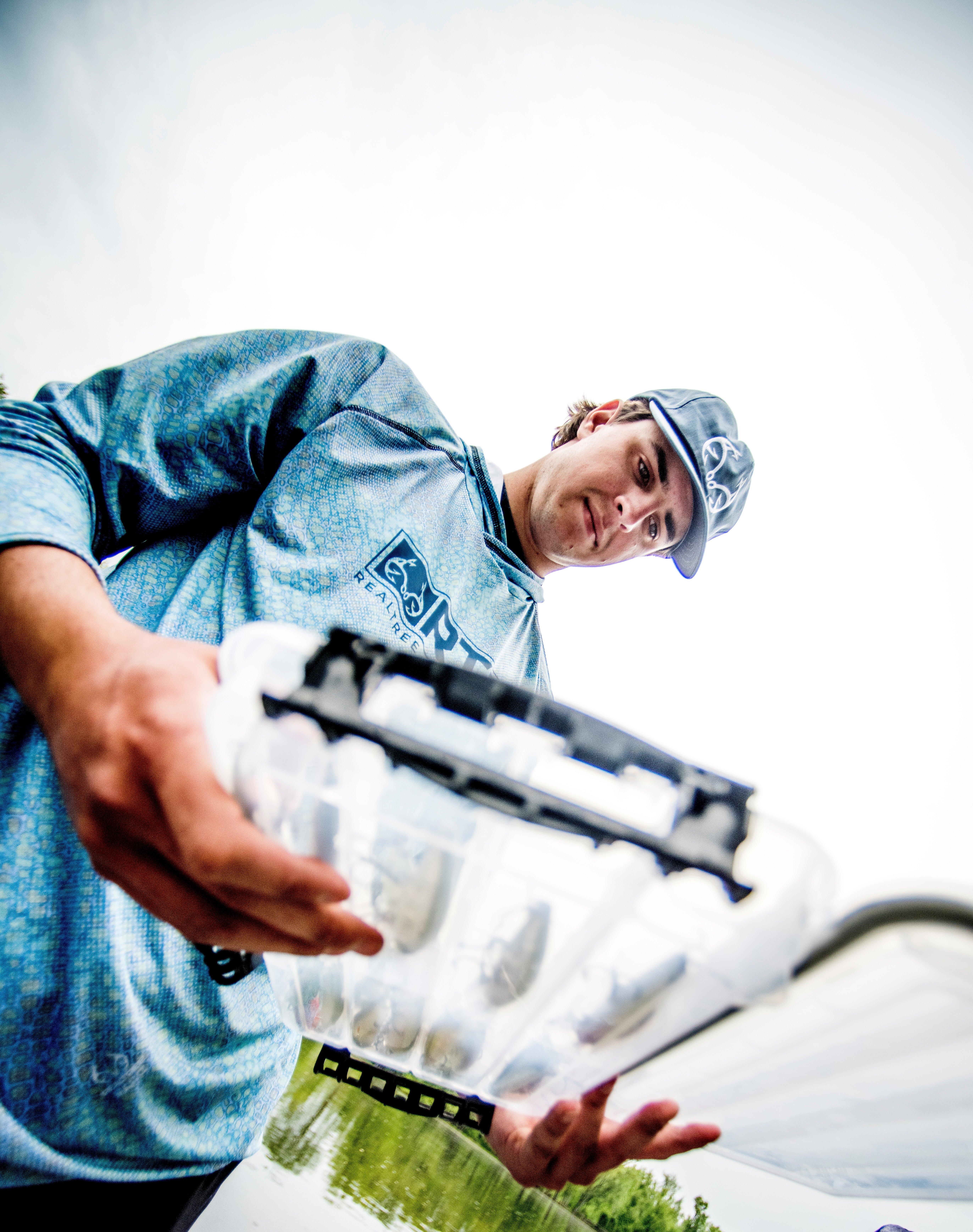
Besides great smallmouth fishing, the Traverse City area of Lake Michigan offers plenty to do for a fun family trip. Image by Bill Konway
Across the pond lies Green Bay and its “tributary” Sturgeon Bay. This is the place for hardcore anglers interested in massive brown bass within a realistic driving distance from Chicago. Seas get rough, and the fishing isn’t for the faint at heart.
Angers are using technologies that increase their odds of contacting a behemoth on such large waterways. Sure, forward-facing sonar (FFS) is leading the charge, but other adaptations increasing efficiency, like GPS-controlled trolling motors, chart mapping and side-scanning depth-finders, are opening up areas of exploration.
INLAND NORTHERN LAKES
Outside of the Great Lakes proper, but in the same region, are a handful of fisheries that must be mentioned. Lake Simcoe, Ontario, is one that keeps getting better. Originally “discovered” by the mainstream bass crowd in the early 2000s, most anglers didn’t know what they had. Today, 7-pound smallmouth come to the net on Simcoe nearly every day. It’s a massive lake (about 75% as large as Lake St. Clair) that features great habitat and an incredible food base. The lake is full of yellow perch, ciscos and shiners, making for big fat brown bass. Seven-pound fish measuring only 22 inches have been caught at Simcoe. Spring and fall are best, not surprisingly.
New York’s Cayuga and Chautauqua lakes are inland strongholds. We’ve all seen the incredible stringers caught at Cayuga in recent bass tournaments (a 7-10 was weighed there in 2022, followed by an 8-6 later that year). Chautauqua remains old school, entertaining smallmouth chasers since the 1970s, but still kicks out monsters each fall.
In northern Michigan, Burt, Houghton, and Hubbard lakes all crank out giants, including the Michigan state record. Sevens are an easy mark when things are right. Springtime fishing around the spawn — including sight fishing — is possible here.
One more overlooked option: The Susquehanna River in Pennsylvania, where a 7-pounder was caught in shallow, fast current in 2024.
Don’t Miss: GUIDE TO SPRINGTIME BASS FISHING ON TVA LAKES
THE MID-SOUTH
Have no fear, there are still giant smallmouths in the middle of the country. While Dale Hollow is no longer a premier site for record-chasers, big bass are common in select places.
The upper-end of Pickwick Lake (the Wilson tailrace) is one the South’s best places to chase a 7-pounder, particularly in fall. Recent proof came in the way of a five fish, tournament winning bag of 29 pounds (all smallmouth) in 2024. With that many five to 7-pound fish swimming around, a 7 could be waiting behind the next boulder.
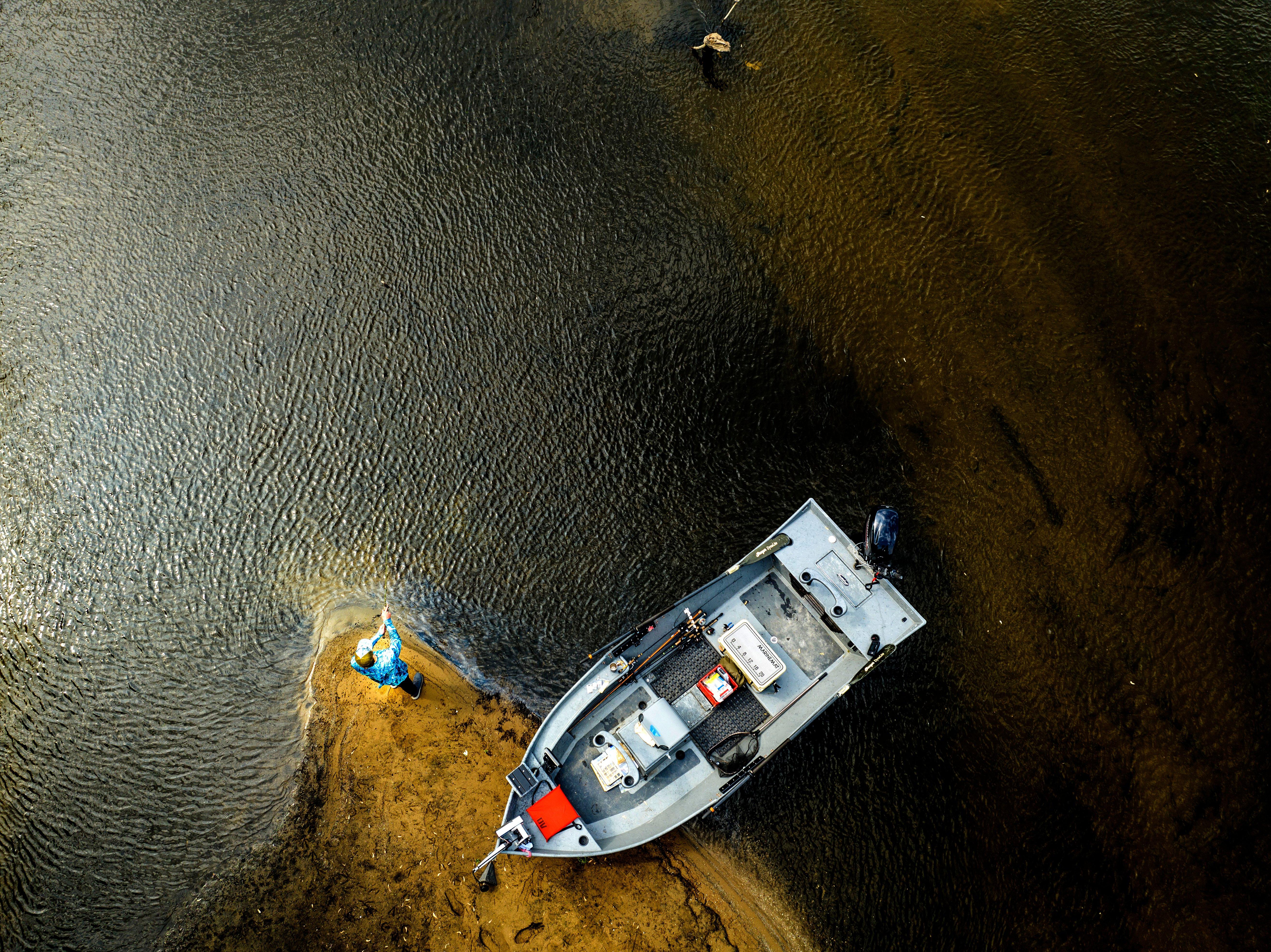
While northern waters are getting a lot of attention, mid-south lakes like Pickwick and Dale Hollow are still producing trophy fish. Image by Bill Konway
WESTERN WATERS
We’re seeing constant reports of big smallmouths at Lake Havasu in Arizona. Crystal clear waters and beautiful backdrop make this a premier winter destination. A 7-pounder? Not yet, but likely on the way.
Utah’s Mojave Reservoir has cracked the code. Anglers there have caught fish this size since 2019, when the previous state record was broken with a 7.38-pound toad. Habitat restoration in the form of thousands of fish attractors have been credited with a bump in productivity.
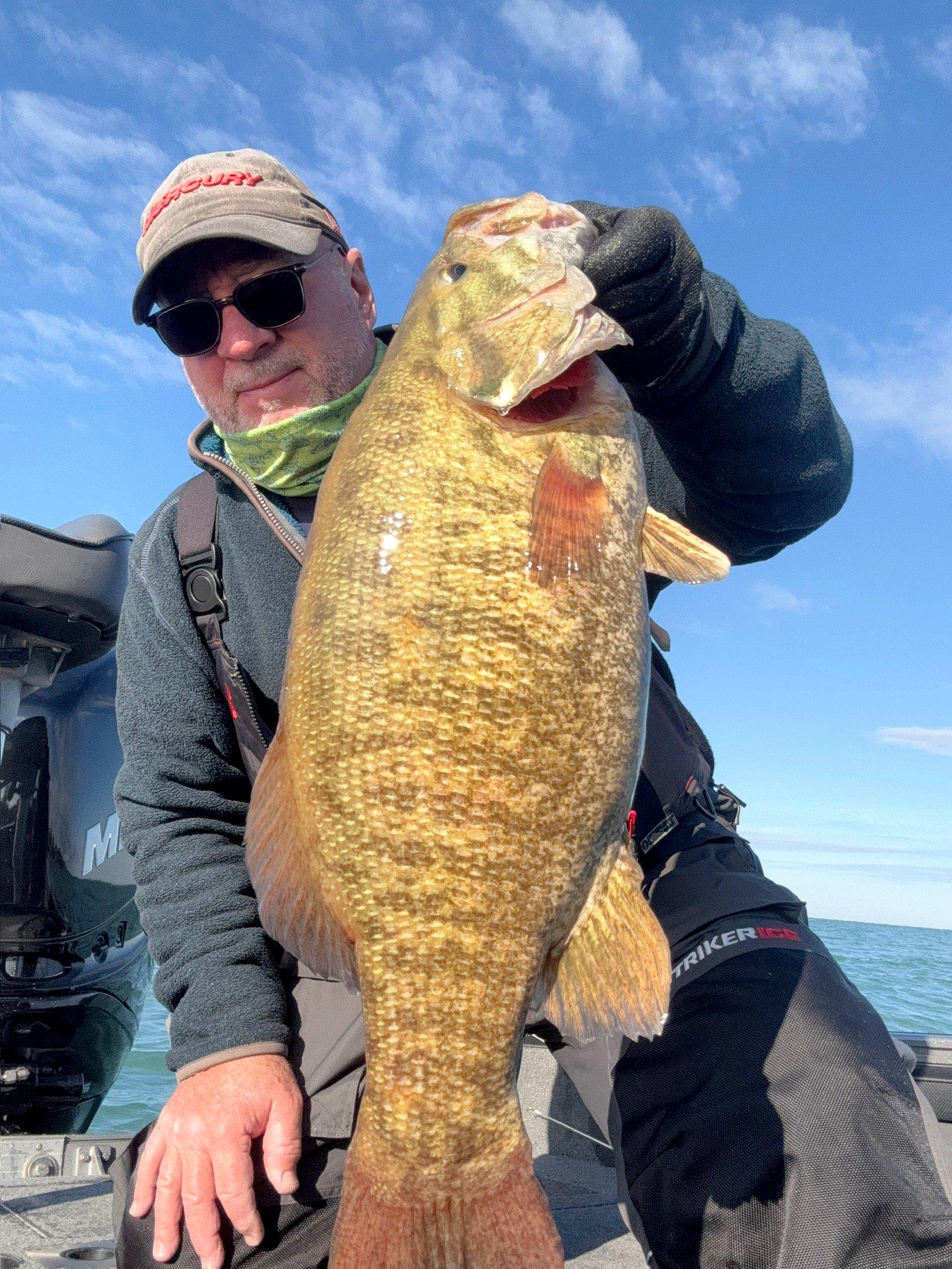
Western state fisheries are starting to produce some trophy sized smallies, making the area an excellent winter time choice for anglers. Image by Keith Skein
California’s Lake Pardee produced a smallmouth that was just shy of 10 pounds in 2007, and since then 7-pounders have been weighed each year. Deep water fishing is a must here, with swimbait tricks often producing the best fish. New technology is opening up a whole new world.
Don’t Miss: HOW TO LAND BASS WITHOUT A NET
Our list covers waters coast to coast, but certainly leaves out a few premier fisheries. Trophy smallmouth fishing today, in fact, is impossible to cover in one article, which is quite a change from a few decades ago, when serious bronzeback anglers crowded onto just a handful of lakes.
What will the future bring? Bigger fish for sure. Anglers are often breaking their PB fish annually with no end in sight. It’s a great time to be a trophy bass angler, especially when your favorite fish is brown.





